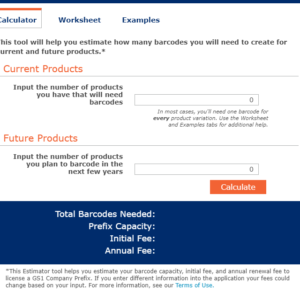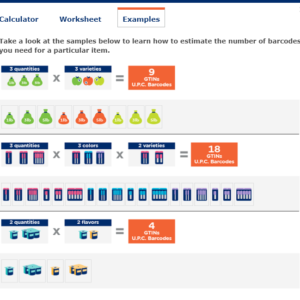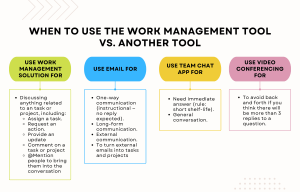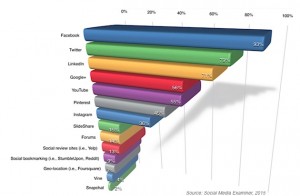— August 12, 2019
Ecommerce continues to grow as more stores appear online and more sellers choose to sell on online marketplaces. As ecommerce grows, it also evolves. For example, an online marketplace like Amazon has multiple product categories available, insightful customer reviews attached to most listings, and search history to guide shoppers. Features like these make for an enjoyable experience for customers.
Another way ecommerce is evolving is the emergence of brick-and-mortar retail principles appearing online. For example, how do you currently track and manage your inventory? In the brick-and-mortar world, every product has a UPC code printed on it. Every time a product is sold, inventory updates. The same approach now applies to products sold on Amazon: every product you sell has to have a unique identifier. Although you aren’t scanning barcodes when customers buy something online, using UPC codes in your Amazon store makes it possible to automatically track inventory.
Listing products on Amazon is easy enough, but you can’t publish listings without a UPC code. We’ve put together this guide to help you figure out where to buy codes and how to set them up in Amazon. Let’s dive in.
What are UPC codes?
A UPC code, or Universal Product Code, is a barcode with up to 12 digits — called GTIN-12 — that’s used to identify individual products:
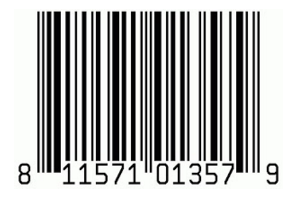
[Source]
There are a few different variations available — like Global Trade Item Number (GTIN) vs. Global Location Number (GLN) — but using unique product identifiers in retail is a global standard.
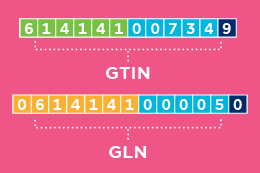
[Source]
Each GTIN and GLN code has a six- or seven-digit prefix (in green and yellow above), a five-digit reference number (in light blue above), and a check digit (in dark blue) that’s automatically generated.
In the Amazon marketplace, a UPC code acts much the same as the barcodes you see on physical products — they help identify each individual product on the site and the store they come from.
One of the main benefits of using UPC codes on Amazon is FBA. If you use FBA to fulfill your Amazon orders, your inventory is automatically tracked for you. For example, if you sell products from a supplier, it’s possible that other Amazon sellers do as well. Each product has the same manufacturers barcode — it’s kind of like finding the same pair of shoes sold in different brick-and-mortar stores.
Let’s say you sell cell-phone cases. When a customer buys one from your product page, Amazon looks to see which seller has inventory closest to the customer. Amazon sends the product on your behalf, and you get the credit for the sale — even if the product isn’t from your inventory. To compensate, Amazon ships the same product from your inventory to the seller it shipped the original product from:
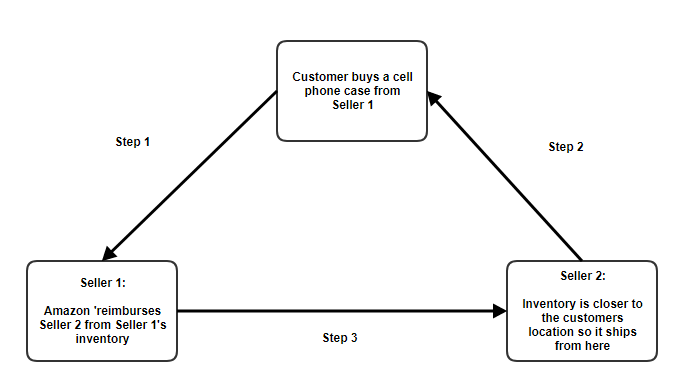
UPC codes make this type of fulfillment and transfer a smooth process and ensure that inventory numbers for all participating FBA sellers are up to date.
Now let’s look at how to buy UPC codes for Amazon.
How to buy and use UPC codes for Amazon
When you’re ready to create listings, there are three scenarios to consider:
- You manufacture your own products and need UPC codes for Amazon.
- You’ve ordered products from a supplier and have manufacturer’s codes.
- You’ve ordered products from a supplier but don’t have manufacturer’s codes.
Let’s take a closer look at each of these, since how you get a UPC code differs slightly for each one.
1. You need to buy a UPC code for Amazon.
If you make your own products, you’ll find that there are a lot of sites out there that sell UPC codes. Avoid them. Chances are, these codes are used and might result in your listings being removed from Amazon. A better approach is to apply for and buy UPC codes for Amazon from the GS1 US website. GS1 US sets the global standard for UPC codes, so you can trust it.
There are four steps to buying your own UPC codes:
- Apply for a company prefix. This code is six digits long and appears at the front of all your UPC codes. At this stage, you’ll also have to decide how many UPC codes you need; determine your pricing plan, since there’s an initial fee and a renewal fee; and complete the application.
- Confirm unique product numbers for each of your products. Identify the product package types you’ll sell — for example, case, bundle, pallet, etc. This will give you a GTIN barcode.
- Figure out how the code will appear on your products. This is where you specify whether you need a barcode that will be scanned at checkout, whether you’ll sell products online, and whether you’ll need warehouse barcodes.
- Place an order for your UPC codes. Now you’re ready to test your barcodes to make sure they work properly; then, place your order.
Amazon regularly checks the barcodes you add to your product listings against GS1 US’s database to make sure your codes are legit. You run the risk of having your listings removed if Amazon finds that your codes aren’t in the GS1 database.
2. You have a manufacturer’s code.
If you purchase products from a supplier to sell on Amazon and they have a manufacturer’s barcode, you can use these UPC codes when you create listings.
When you create your seller account, it’s automatically set to use the manufacturer’s code to track inventory for FBA purposes. You can change this setting at any time, depending on whether you want to fulfill your orders on your own or with FBA.
3. You don’t have a manufacturer’s code.
You might encounter instances where your supplier doesn’t provide a manufacturer’s barcode. If this happens, you have to use an Amazon barcode — Amazon Standard Identification Number (ASIN) — instead.
You might also encounter instances where the products you sell aren’t tracked with a manufacturer’s barcode. These products also need an ASIN. Products that fall into this category include the following:
- Products that expire
- Topical products like skin creams, shampoos, and cosmetics
- Products that can be consumed
- Products that don’t have a barcode printed on them
How to add your UPC code to Amazon
Once you have your UPC codes, you’re ready to create listings on Amazon. On the listing-creation page, there’s a field called “Product ID,” this is where you enter your UPC code.
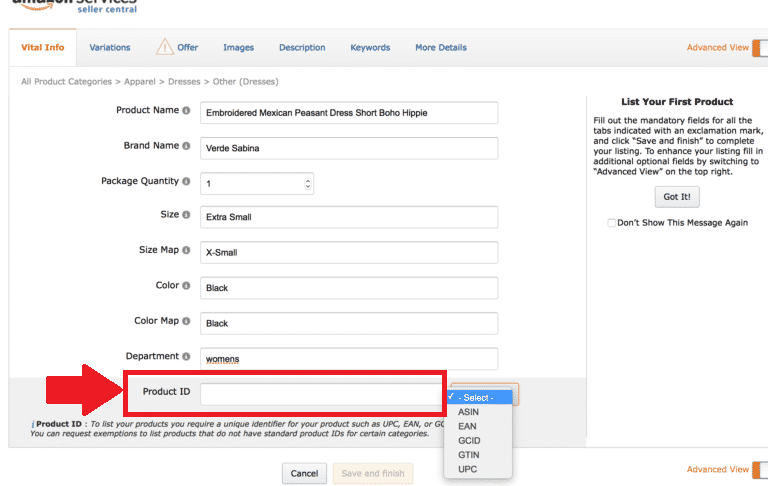
[Source]
Keep in mind, unlike other aspects of your listing that you create on your own — like the description and image gallery — you can’t create your own Product ID. You must go through one of the above channels to get approved barcode.
As long as the rest of your listing follows Amazon’s listing guidelines, your listing will appear on the site — ready for shoppers to buy.
Best practices for UPC codes on Amazon
Now that you know why you need UPC codes on Amazon and how to get them, there are a few guidelines to remember when you’re entering UPC codes on Amazon:
- Buy codes from reputable sites. On some sites, you can buy UPC codes in bulk for a few dollars, compared with the $ 250 you need to get started on GS1 US. However, don’t get distracted by the low price tags some sites advertise. Codes might cost more on GS1 US, but you minimize the risk of Amazon thinking you’re using recycled codes and having your listings removed.

[Source]
- Create a unique code for each product. Every product variation you sell needs its own code. For example, if you sell backpacks online, and one style comes in five different colors, you need five different UPC codes for that backpack style. GS1 US has a barcode estimating tool to help you figure out how many barcodes to buy:
- If reselling products on Amazon, use the manufacturers UPC code. Don’t create a new UPC code for products that you didn’t manufacture — there’s a risk of your account being shut down if you do. If a UPC code isn’t available, you can apply for a GS1 exemption from Amazon.
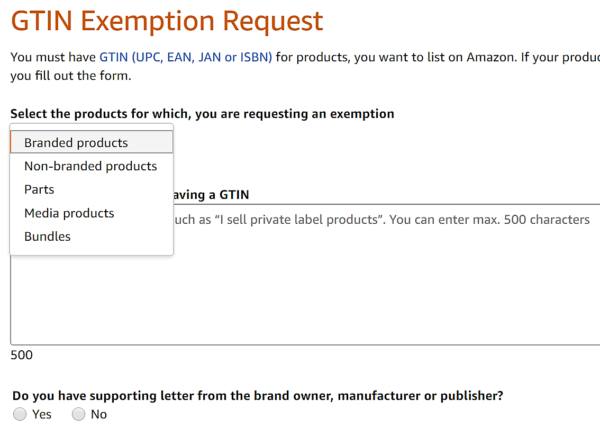
[Source]
Create accurate listings
Creating accurate listings helps to make sure your seller account stays in good standing. Plus, accurate listings help make sure that your listings get exposure. You spend a lot of time getting to know your audience so that you offer products they’ll buy and enjoy. There are a few steps included when you buy UPC codes, but it’s worth it. The last thing you want is for your listings to be removed from the marketplace. If this happens shoppers won’t see your products and your sales goals take a hit.
Review the steps required to get started. Once you buy your codes and create listings that follow Amazon’s guidelines, you’re in a great position to sell.
Digital & Social Articles on Business 2 Community
(42)
Report Post
